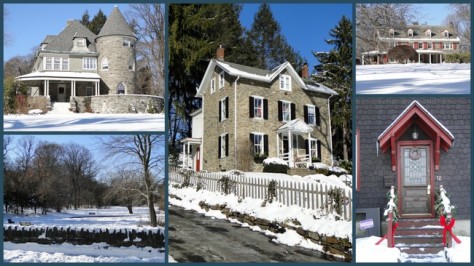
I travel to far away places to visit UNESCO World Heritage Sites and in the United States to experience regions of historic significance with little regard to the reality that National Historic Districts are, literally, in my back yard. Twenty-nine, to be exact, are within Montgomery County, Pennsylvania alone. The most recent addition, in 1986, is a 10 minute walk from my house.
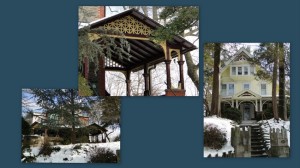 The Wyncote Historic District does not honor any battles. It hasn’t particularly lived through any traumatic events – unless one counts the entire 20th century. It didn’t start as a community of hardship that developed into a national inspiration. Wyncote was a late 19th century Philadelphia suburban (semi) planned community for the wealthy. The Wyncote Historic District is a 108 acre area within Montgomery County’s Cheltenham Township ten miles north of downtown Philadelphia. Of the nearly 200 residential structures all but a handful were built between 1865 and 1934 – the golden age of Philadelphia’s industrial might – and designed by some of the leading names in architecture.
The Wyncote Historic District does not honor any battles. It hasn’t particularly lived through any traumatic events – unless one counts the entire 20th century. It didn’t start as a community of hardship that developed into a national inspiration. Wyncote was a late 19th century Philadelphia suburban (semi) planned community for the wealthy. The Wyncote Historic District is a 108 acre area within Montgomery County’s Cheltenham Township ten miles north of downtown Philadelphia. Of the nearly 200 residential structures all but a handful were built between 1865 and 1934 – the golden age of Philadelphia’s industrial might – and designed by some of the leading names in architecture.
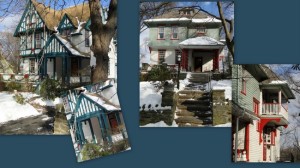
Prior to the 1850’s Cheltenham Township was a prosperous farming region consisting of land grants handed down by the Penn family in the 17th and 18th centuries. Even in colonial days, the area was a favored retreat from the city’s sweltering summers. Wealthy Philadelphians maintained country farm estates in this admittedly bucolic countryside or rented rooms and houses for the summer. The construction of the railroad linking Philadelphia with the coal-producing regions of northern Pennsylvania induced newly wealthy entrepeneurs, such as the Widener, Elkins, Tyler families to purchase large tracts of land for the dual purpose of constructing country homes for themselves and selling subdivisions to their friends and others of their class.
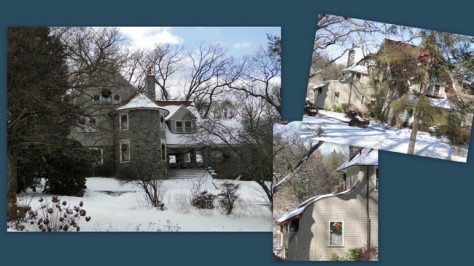
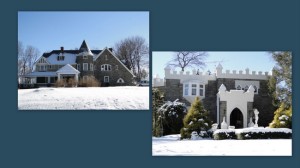
By the 1890’s the Wyncote Improvement Association was formed to ensure building codes, minimum house costs and lot sizes.
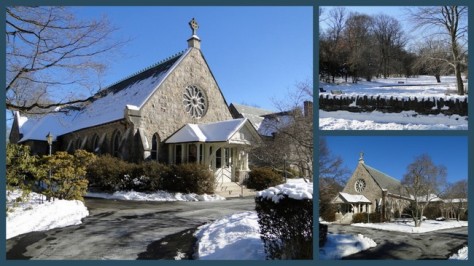
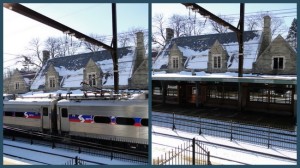
Frank Furness, nationally acclaimed architect (Reading Terminal, Pennsylvania Academy of the Fine Arts) designed an exquisite little gem in 1898, All Hallows Episcopal Church. The then young Horace Trumbauer established his reputation with a number of houses in the district, and the Jenkintown/Wyncote Reading Railroad Train Station (still a busy commuter depot). Later in his career, Trumbauer would design some of the regions most stunning mansions, public buildings and commercial spaces.
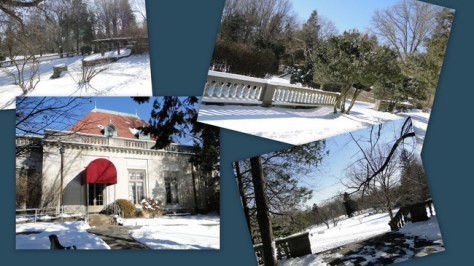
By 1915 most development ended and Wyncote had the reputation as an exclusive community of wealthy residents. People from the managerial and professional elite of Philadelphia as well as indusrty heads lived in Wyncote – the Proctor family (Proctor-Silex Electrical Company), Cyrus H.K. Curtis (Curtis Publishing, Saturday Evening Post, Ladies’ Home Journal) and the Lippincott family (book publishing). Mary Louise Curtis Bok, daughter of Cyrus, an accomplished musician and founder of the Curtis Institute of Music, constructed a private concert hall and arboretum on their Wyncote estate. The 45-acre arboretum’s landscape was designed by Frederick Law Olmstead (New York’s Central Park). Curtis Hall and the arboretum were acquired by Cheltenham Township as a park in 1974.
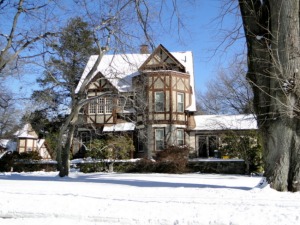 The architecture of Wyncote illustrates the new and increasing role of university-trained architects in the design of turn-of-the century, upper-income houses in suburban America. The majority of architects working in Wyncote received their professional training in the new School of Architecture at the University of Pennsylvania. Queen Anne, Colonial Revival, Tudor, Craftsmen, Victorian and even medieval castles were all part of the eclectic mix coupled with rolling hills and large landscaped lots.
The architecture of Wyncote illustrates the new and increasing role of university-trained architects in the design of turn-of-the century, upper-income houses in suburban America. The majority of architects working in Wyncote received their professional training in the new School of Architecture at the University of Pennsylvania. Queen Anne, Colonial Revival, Tudor, Craftsmen, Victorian and even medieval castles were all part of the eclectic mix coupled with rolling hills and large landscaped lots.
The 1986 designation as a Historic District was a major boost in preventing the decline and decay that take over so many older neighborhoods consisting of large houses that, let’s face it, require large maintenance costs. Pride in ownership is evident in the pristine condition of the district, despite high real estate taxes. This 1891 Craftsmen house with over 3,000 square feet, 5 bedrooms, etc, is currently on the market for $435,000 with annual real estate taxes over $10,000/year.
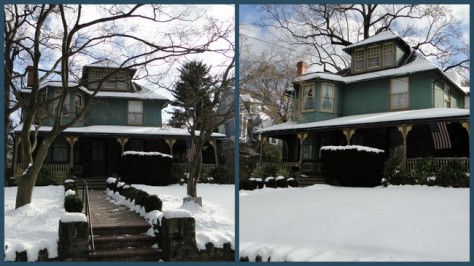
Wyncote has always been a nice area for walks and many a dog, including mine, use Curtis Arboretum daily. Yet how often does anyone think, “this might be significant?” Your own back yard – a heritage site? Who would have “thunk” it. Thanks National Register of Historic Places.

Beautiful pictures, Chef Marc. Great history lesson. Wish I am living in one of those houses 😉
Thank you hasayang. Your Singapore pictures have been really interesting. Can’t wait to be in Bangkok, etc., next month.
I’m pretty sure Trumbauer did the Keswick Theatre in Glenside – is that correct? Love reading these architectural posts Marc – I didn’t realize there was an Abington H.S. connection.
Yes Al he did and the castle at Arcadia U, but that’s Glenside. I’m actually planning a blog on Glenside as well. Thanks for reading my blogs!